Severnyi Gorod: St Petersburg’s know-how to help in drilling exploration wells at the Maiak Mine
The unique device ensures additional safety when developing new geological excavations.
The lightweight and mobile blowout preventer is successfully undergoing testing in underground mines. It is expected to offer full assistance in mining industry.
The device is developed by the Water Centre at St Petersburg University. It ensures trouble-free drilling as its primary function is to prevent an uncontrolled flow of formation liquid or gas into a well.
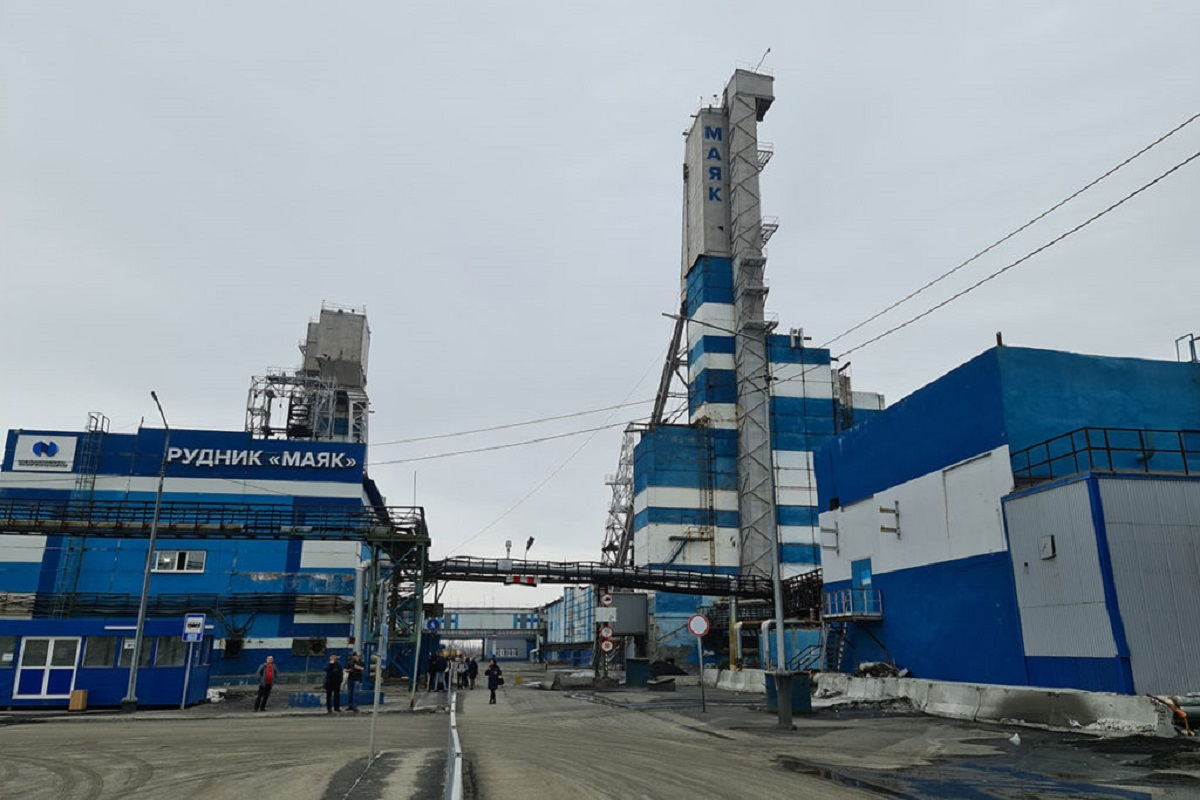
The first boring of the advance well for further drilling was carried out as an experimental sample at the Maiak Mine in November 2023. The device was tested as part of the research and development project. After the first test results, the design of the device was improved, and the serial samples were produced, which are now showing excellent results at the Maiak Mine.
"The primary function of the blowout preventer is to ensure trouble-free drilling in geological exploration during the advanced construction of mine workings. It helps prevent risks arising from uncontrolled releases of gas and liquid during the drilling process. The blowout preventer prevents blowouts and controls the flow of gas and liquid, preventing them from going beyond the massif and therefore preventing emergency situations in the mine workings during drilling operations. Previously, if there was an uncontrolled flow, or kick, of groundwater, the drilling operations were stopped, a plug was installed, and geological exploration was carried out in another place. The invention of scientists from St Petersburg monitors water inflow if such cases occur. This complex uses hydrogeological equipment to measure water pressure and flow by instrumental methods. Based on these data, we can model groundwater parameters," said Aleksandr Kondratev, Project Manager of the group for implementation of technological projects at the "Nornickel Technical Services".
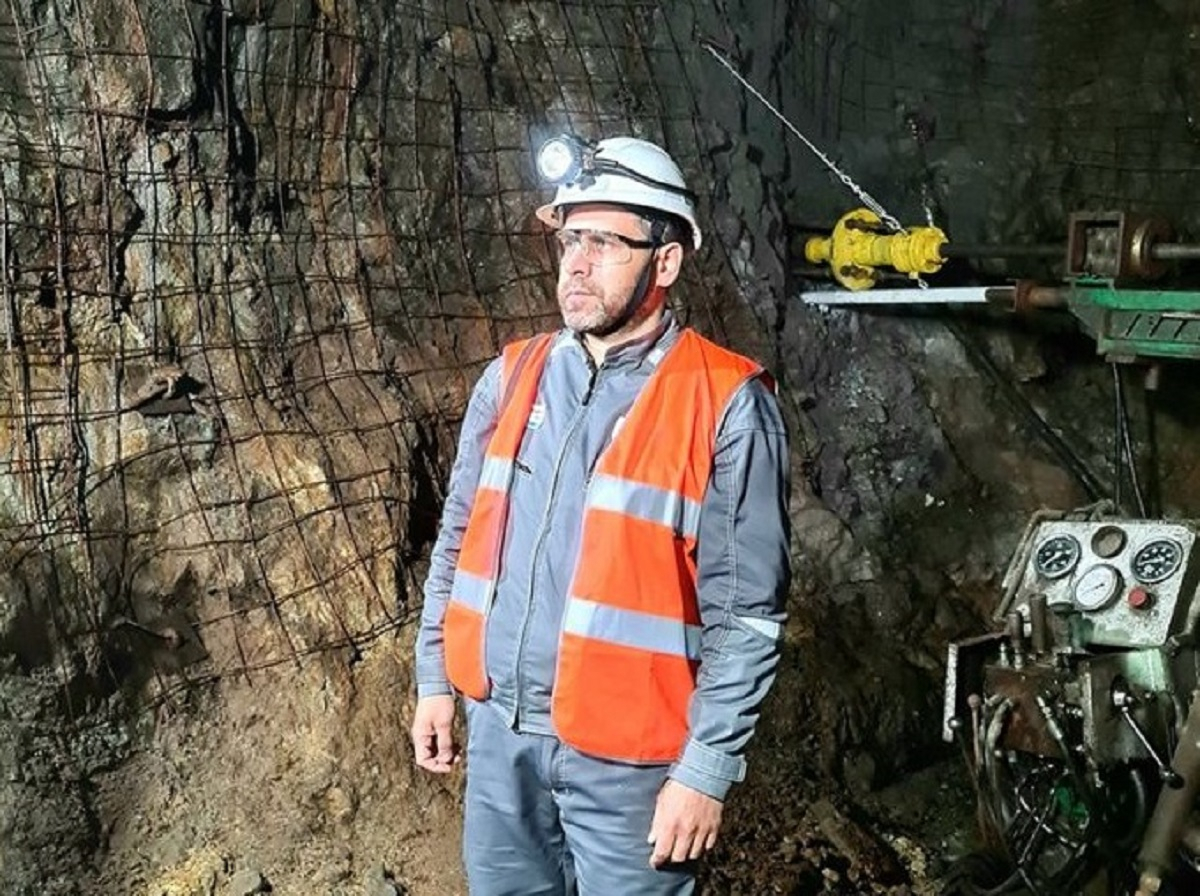
The serial samples are being introduced into production at the Maiak Mine. After testing them at the well, this device can be used at other mines of the Polar Division of the company. The reason behind why the Maiak Mine has been chosen as a pioneer in testing the new device is that the mine workings are located at shallow depths, and the aquifer is closest to them, which means that the risks of flow of groundwater are higher.
The blowout preventer is unique. It was initially designed to be easily installed. Moreover, it is safe. The nominal pressure that was created during the tests was about 40 atmospheres, but the calculated pressure was no more than 15 up to 20 atmospheres. The wellhead equipment can be used at higher pressures, i.e. up to 60 atmospheres. The depth of the test well was 85 metres. The weight of this device is about 30 kilograms, and it takes only two people to install it. Only one blowout preventer is more than enough for the entire Maiak Mine.
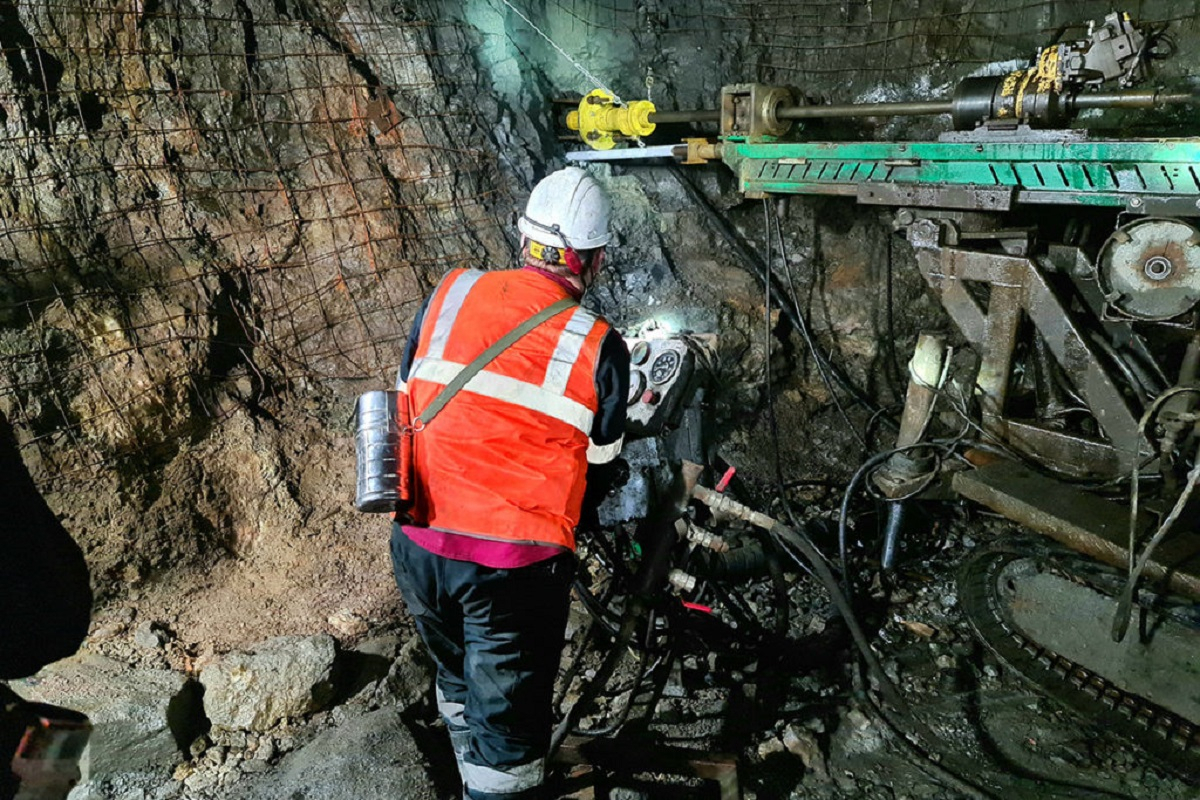
"At the first stage of the testing, the blowout preventer performed well. It maintained a pressure of 40 atmospheres for more than two hours, as provided for in the test programme, and therefore the management of the Polar Division of the was convinced in the effectiveness of using the preventor in the mine workings where there are risks of flow of water. At the Maiak Mine, it was tested for the first time in the horizontal mine workings. In future, it will be used to drill vertical wells. The device was tested in the underground development openings, where there is the Talnakh Groundwater Deposit, which means that the risk of water ingress is quite high. At the first stage, a 100-metre well was drilled, inspected and tested. There was no water ingress. At the second stage, we decided to test a serial sample of the device," explained Aleksandr Iksanov, Chief Specialist of the Construction Organisation and Control Department of the Project Office for the Implementation of Projects at the Komsomolskii Mine and the Maiak Mine of the Nornickel Polar Division.
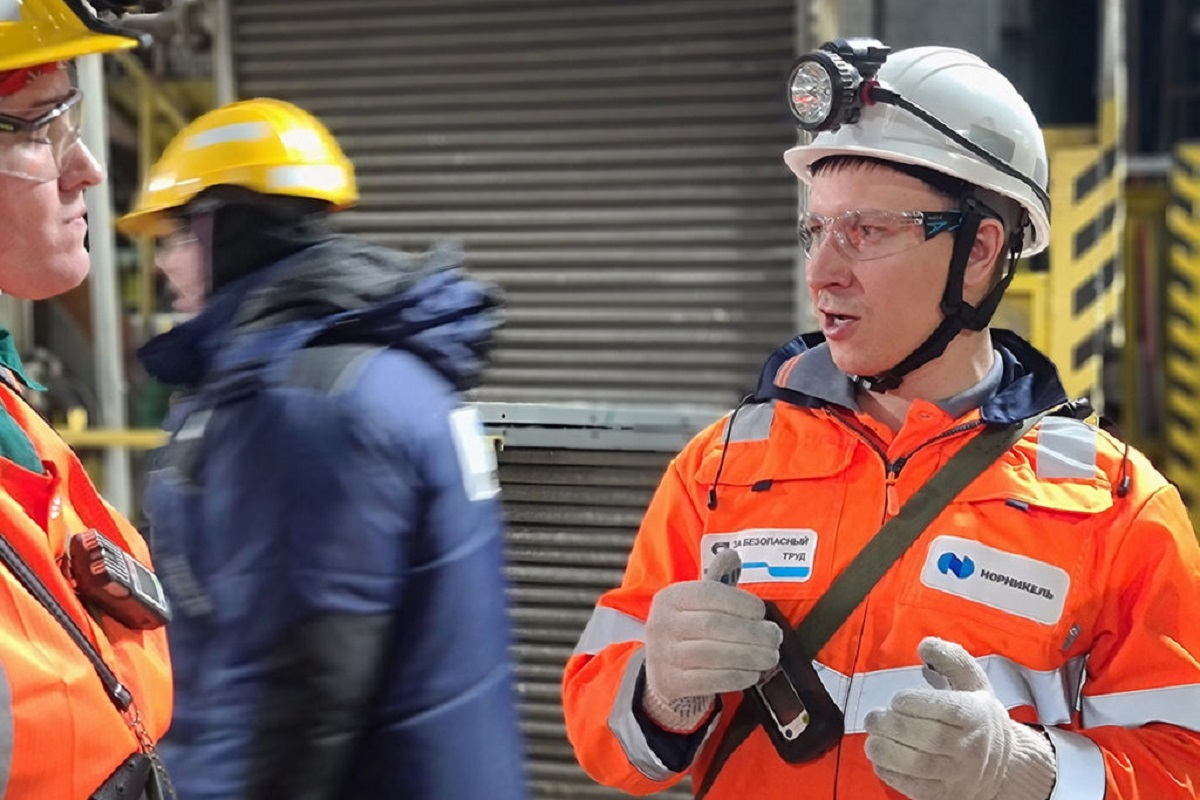
The development of the device began in April 2023, practically from scratch, said Valerii Trifanichev, Chief Engineer and Draughtsman at the company "Water Centre at St Petersburg University". Initially, the task was to develop regulations and technological solutions for the safe drilling of advanced wells. Yet, after monitoring similar equipment, including imported equipment, there was nothing that would fit Norilsk Nickel’s needs.
'What helped us is that during the Soviet Union there were similar developments at the Russia-wide Research Institute of Geophysical Exploration Methods (VITR Institute). This gave us a clue for our development, taking into account modern realities and equipment requirements. If you drill a well without a casing and water starts flowing, the most dangerous thing is that the well may wash out, which, in turn, will increase the water flow and can lead to flooding of the workings. The task was to preserve the wellhead, even if water began to flow, and to prevent an increase in the diameter of the well. A pipe of a certain diameter is fixed in the well, and it is sealed. This is called a "conductor pipe". The minimum installation depth is five metres, provided that the rocks are stable and monolithic. If the rocks are loose, then the length increases,' said Valerii Trifanichev.
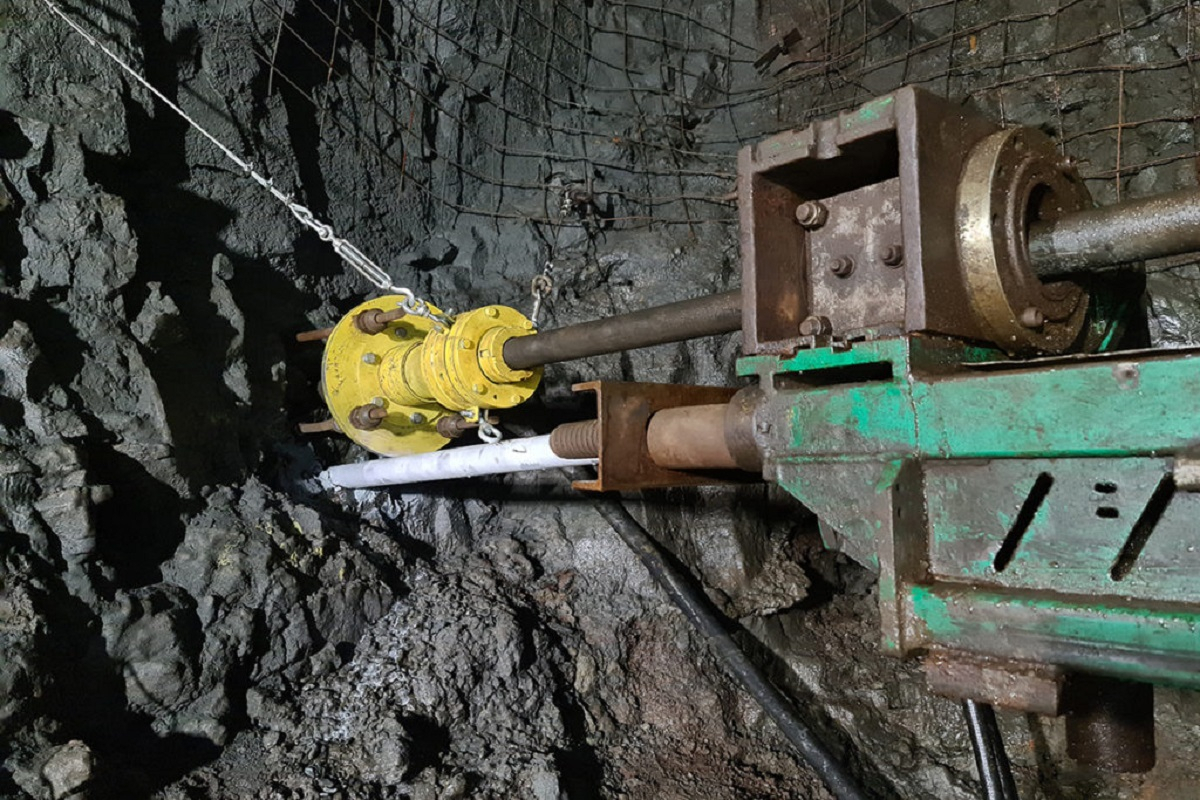
The sealing element is also attached to a flange, which is installed on the anchors and provides additional fastening of the conductor pipe in the well so that it is not squeezed out by water. The preventer, which, in fact, seals the drill pipes, makes it possible to control the movement of water that flows along the outlet sleeve. There is a tap at the end of the hose, and the hydrogeological equipment can be connected to it to measure the pressure and volume of incoming water, or it can simply be used to shut off the flow of water. This gives you some time to decide what to do with this well in future.
"The project is interesting as it is innovative. The Maiak Mine of Nornickel is the first in Russia to use the equipment that has no analogues. We were interested to see how the preventor works in the fields. We also had a task to ensure that it can be operated by no more than two people, and in this case, weight plays a big role. We also managed to make it so that wear parts were easy to replace without disassembling the preventor, and the repair was not expensive", added Valerii Trifanichev.
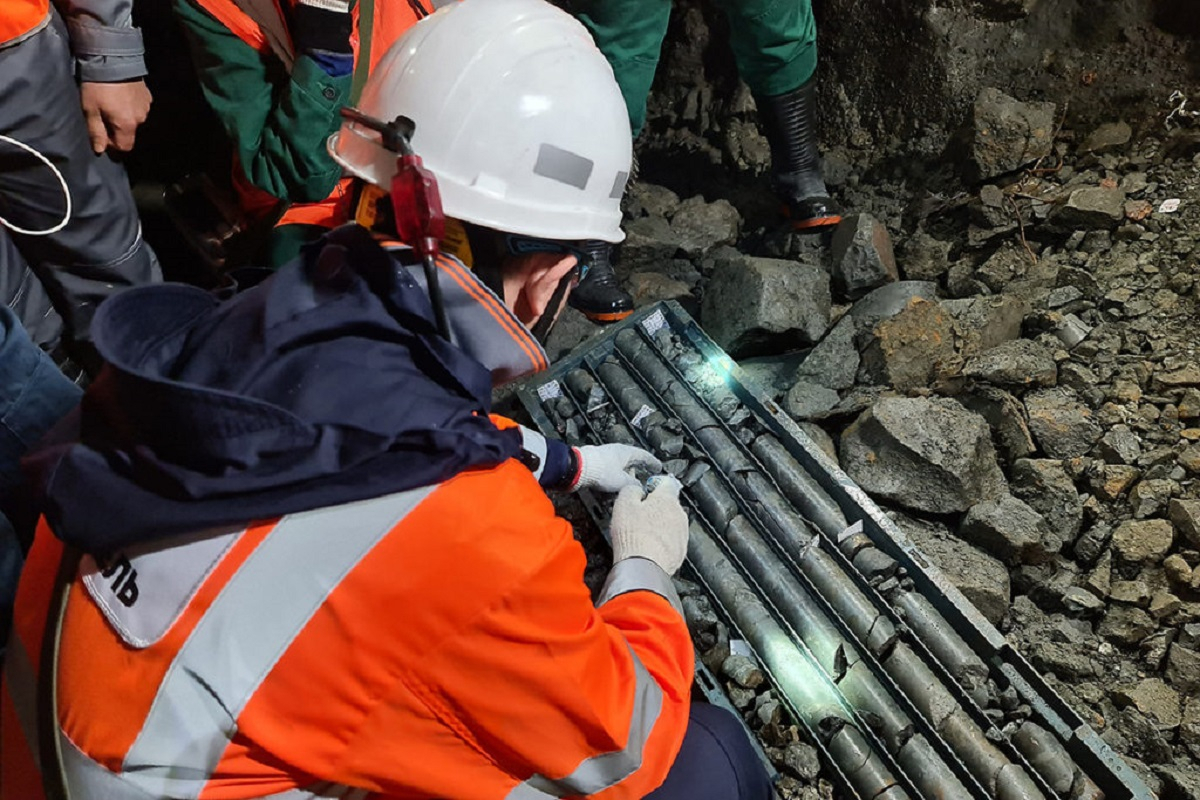
Summing up, the inventor, customer, and operating company are satisfied with the know-how. During the following tests, the modified preventer showed a good performance.
Previously, "Severnyi Gorod" reported that the dismantling of facilities at VS 8 at the Maiak Mine is in full swing.

